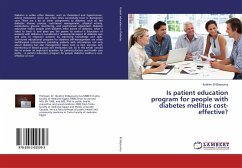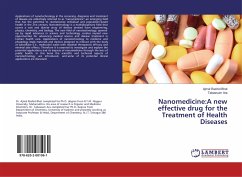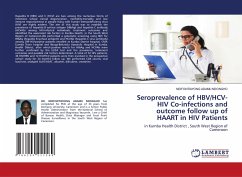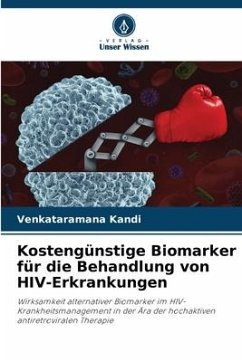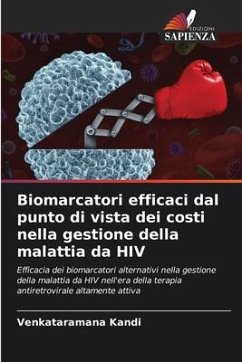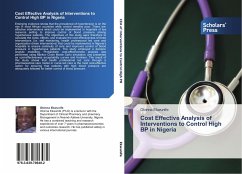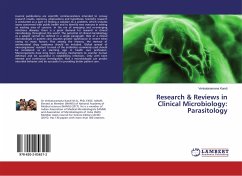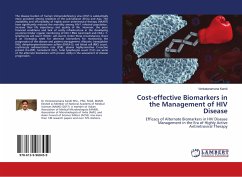
Cost-effective Biomarkers in the Management of HIV Disease
Efficacy of Alternate Biomarkers in HIV Disease Management in the Era of Highly Active Antiretroviral Therapy
Versandkostenfrei!
Versandfertig in 6-10 Tagen
27,99 €
inkl. MwSt.

PAYBACK Punkte
14 °P sammeln!
The disease burden of human immunodeficiency virus (HIV) is substantially more prevalent among residents of the sub-Saharan Africa and Asia. The availability and affordability of highly active antiretroviral therapy (HAART) have significantly reduced the mortality among HIV-1 infected population, increase their life expectancy and quality of life. However, the poor financial conditions and lack of costly infrastructure in the developing countries hinder regular monitoring of HIV-1 RNA (viral load) and CD4+ T-lymphocyte cell count (TCD4+ cell count). Under these circumstances, there is an incre...
The disease burden of human immunodeficiency virus (HIV) is substantially more prevalent among residents of the sub-Saharan Africa and Asia. The availability and affordability of highly active antiretroviral therapy (HAART) have significantly reduced the mortality among HIV-1 infected population, increase their life expectancy and quality of life. However, the poor financial conditions and lack of costly infrastructure in the developing countries hinder regular monitoring of HIV-1 RNA (viral load) and CD4+ T-lymphocyte cell count (TCD4+ cell count). Under these circumstances, there is an increasing need for alternate biomarkers for monitoring the progression of the disease and patient management. Albumin, hemoglobin (Hb), dehydroepiandrosterone sulfate (DHEA-S), red blood cell (RBC) count, erythrocyte sedimentation rate (ESR), plasma highly-sensitive C-reactive protein (hs-CRP), hematocrit (Hct), total lymphocyte count (TLC) are some of the alternate biomarkers with proven utility in the assessment of disease progression.



